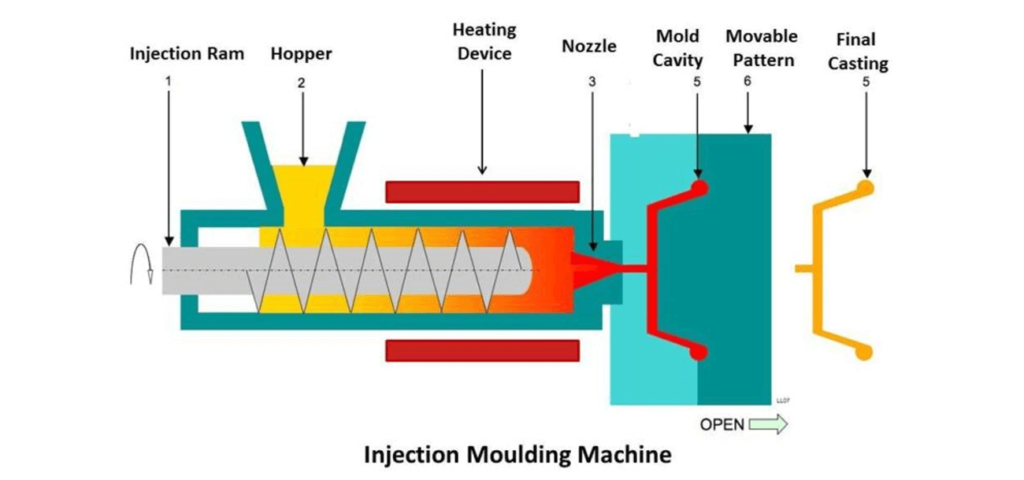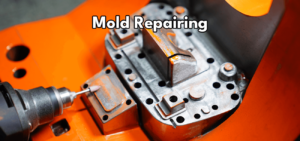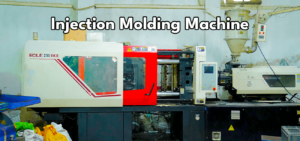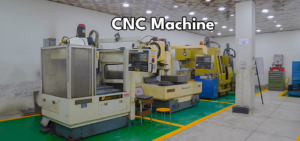
When you pick up a plastic water bottle, use a keyboard, or adjust the air vents in your car, you’re engaging with objects crafted through the industrial wizardry of injection molding. Widely applied, this manufacturing technique has an enormous influence on our daily lives. In this blog post, we’ll dive into what injection molding is, how it works, and why it’s such an integral part of mass production.
What is Injection Molding?
Injection molding is a manufacturing process utilized predominantly in the production of high volumes of the same item, such as automotive parts, bottle caps, toys, and even cell phone cases. This versatility and efficiency make it a cornerstone technique in the world of mass production.
How Does Injection Molding Work?
The process of injection molding can be broken down into four key stages; clamping, injection, cooling, and ejection.
- Clamping
The first phase involves securing two mold halves to the injection molding machine. A ‘mold base’ supports these halves, one of which is allowed to slide so the mold can open and close. - Injection
Next, plastic polymer granules are fed into the machine’s injection unit where they are heated until they melt. This molten plastic material is then swiftly injected into the now closed mold under high pressure. - Cooling
After injection, the parts are given time to cool and solidify within the mold, creating the desired shape. It’s during this cooling stage where any complex features or high-quality surface finishes are formed. - Ejection
Once completely solidified, the machine’s clamp is opened, and the part is ejected. The entire process is then ready to start again. Because of the nature of the injection molding process, subsequent rounds can occur simultaneously with the prior steps for other products.
What Makes Injection Molding Stand Out?
The standout feature of injection molding is its ability to manufacture mass quantities of a product at a remarkably low cost per unit. Additionally, it offers:
Substantial scalability: It’s an ideal process for large-scale production due to its low-cost repetition once the initial costs are covered.
High precision: It produces complex and intricate shapes with high precision and repeatability, which is critical in many industries.
Flexibility: It can handle a wide range of materials and colors.
Conclusion
From everyday products to complex machinery components, injection molding shapes the world around us. By understanding this method better, we can appreciate how the complex, intricate parts we take for granted are created on a massive scale using this fascinating process.




